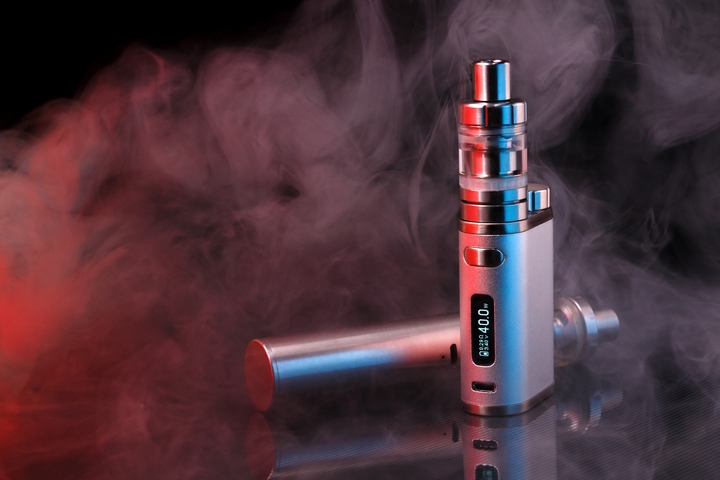
Vape pens have grown in popularity since their introduction to the market, particularly among teenagers and young adults. However, there are several myths regarding vaping. In reality, many individuals believe vape pens are harmless goods that just give a fruity-flavored vapor—a wonderful contrast to the harshness of a typical cigarette. Unfortunately, vape pens are not as safe as many people assume.They contain more than simply fruit-flavored fumes and can cause accidents and diseases in those who use them. Looking for vape pens for sale? Shop the special, bespoke, and handcrafted items for the greatest vapes pen.
What Exactly Is a Vape Pen?
Vape pens, which were originally developed as an alternative to traditional cigarettes, are battery-powered devices that allow users to inhale an aerosol that generally includes nicotine, flavorings, and other substances.
These devices, often known as e-cigarettes or electronic nicotine delivery systems (ENDS), can look like anything from a classic cigarette to commonplace goods such as pens and USB memory sticks.
They all work in the same way, regardless of their form or look. For example, an atomizer heats a cartridge, reservoir, or pod containing the liquid, producing a vapor containing nicotine, flavorings, and other compounds. There are about 460 distinct brands on the market, according to the National Institute on Drug Abuse.
 Vape pens can catch fire.
Vape pens can catch fire.
There have been cases of vape pens exploding, resulting in burns and serious injuries. In fact, during the most powerful explosions, users lost teeth or a portion of their jaw. Others, however, suffered chemical burns and lacerations. Because the FDA’s Center for Tobacco Products did not begin collecting explosions and fires until 2012, it is difficult to assess the prevalence of vape pen explosions.
Furthermore, the precise cause of the explosions is unknown. The FDA believes that the explosions are caused by the battery and advises consumers who use vape pens to use a device with safety features such as firing button locks, vent holes, and overcharging precautions. Until all vape pens and other e-cigarettes meet comparable safety criteria, the FDA suggests learning everything you can about your vape pen, including how to use it and charge it.
Harmful Ingredients in Vape Pens
Most people believe that vape pens are a safe substitute for cigarettes. In reality, many young people assume that vape pens merely emit water vapor, whereas in fact the devices emit aerosols containing dangerous chemicals and ultra-fine particles that are breathed into the lungs. Almost every vape pen or e-cigarette includes potentially hazardous components such as nicotine, THC, vitamin E acetate, and other compounds. Acrolein, for example, is a well-known component in many vape pens and e-cigarettes and has been linked to irreparable lung damage. Meanwhile, nicotine is exceedingly dangerous not just to the lungs but also to the brain.







